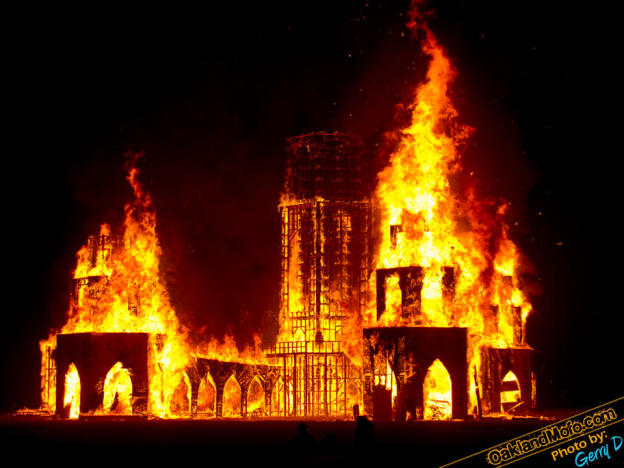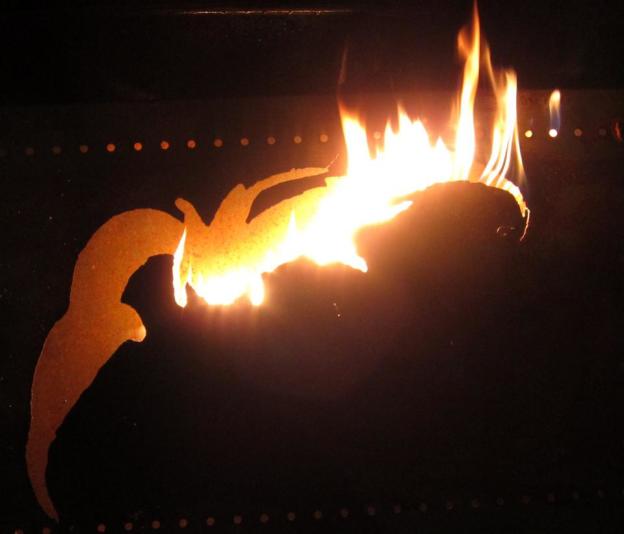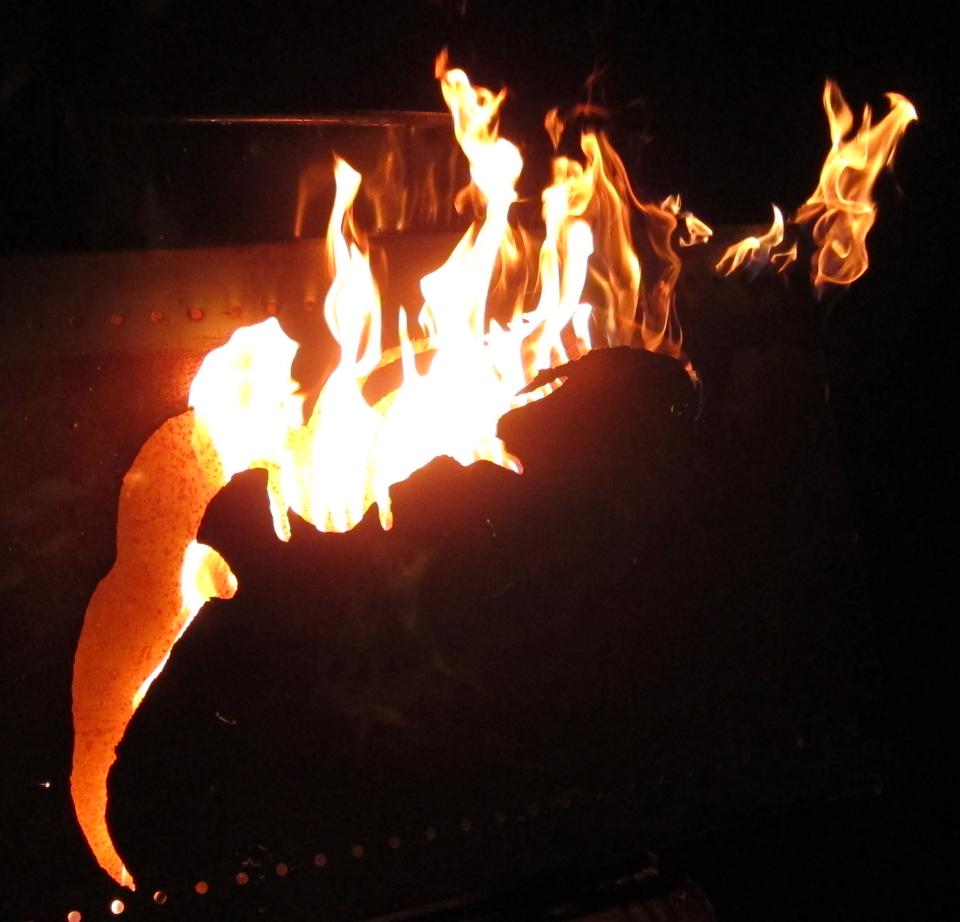At the beginning of the 19th century, modern art broke from tradition and adherence to strict continuity and conventions. Art became “whatever you could get away with.”
Then, half way through the 20th century, the horrible existentialist nag of post modernism began to take hold. Postmodernist critics proclaimed that newness was exhausted and that everything new was just an insignificant variation of something that had already been investigated or created.
Postmodernists went on to claim that the next logical progression in the arts was to borrow, combine, refer to, imitate or comment on previous works of art. Therefore postmodern artists should no longer seek to create entirely new means of art, and their artwork should now become an investigation of what was already new.
Plato coined the term “metaxis” to refer to the state of existing and oscillating between two opposite poles. Examples include simultaneously being an individual and a member of a group, or being an observer and also a performer.
American Dream writer David Foster Wallace once spoke of “analysis parayalysis” – the inability to make a choice or decision while needing to make one in order not to perish.
This can be especially seen in our generation in North America. We experience the great modern abundance and consumption of resources in our daily life, but are postmodernistically aware of the brewing ecological crisis at hand.
We, thinking postmodernistically and buy locally grown organic vegetables, but we drive our modern gas-powered car an extra half mile to get them.
Metamodernism means continuously oscillating between the two “opposite poles” of modernism and postmodernism, and simultaneously surpassing both movements in search of new ground.
It is a structure of feeling that builds upon itself. It’s about participation between the observer and the artist and this participation feeds upon itself.
The Metamodernist Manifesto claims “Metamodernism shall be defined as the mercurial condition between irony and sincerity, naïvete and knowingness, relativism and truth, optimism and doubt, in pursuit of a plurality of disparate and elusive horizons. We must go forth and oscillate!”
Dutch professor Hans Boutellier speaks of a society that gradually takes the shape of an improvising jazz orchestra, in which individuals aim to provoke direction to complexity by establishing networks based around like-minded ideas or ideals – structures that sometimes lead to harmonious playing, but, as with all forms of improvisation, often lead to chaos and disharmony.
My hopes for these celebrations of reality is to achieve great oscillations of both chaos and harmonies, irony and sincerity, naivety and knowingness, relativism and truth, optimism and doubt, and modern and postmodern art, thereby creating a community in which we can play off of each others “jazzy structures.”
Let us go forth and oscillate!




